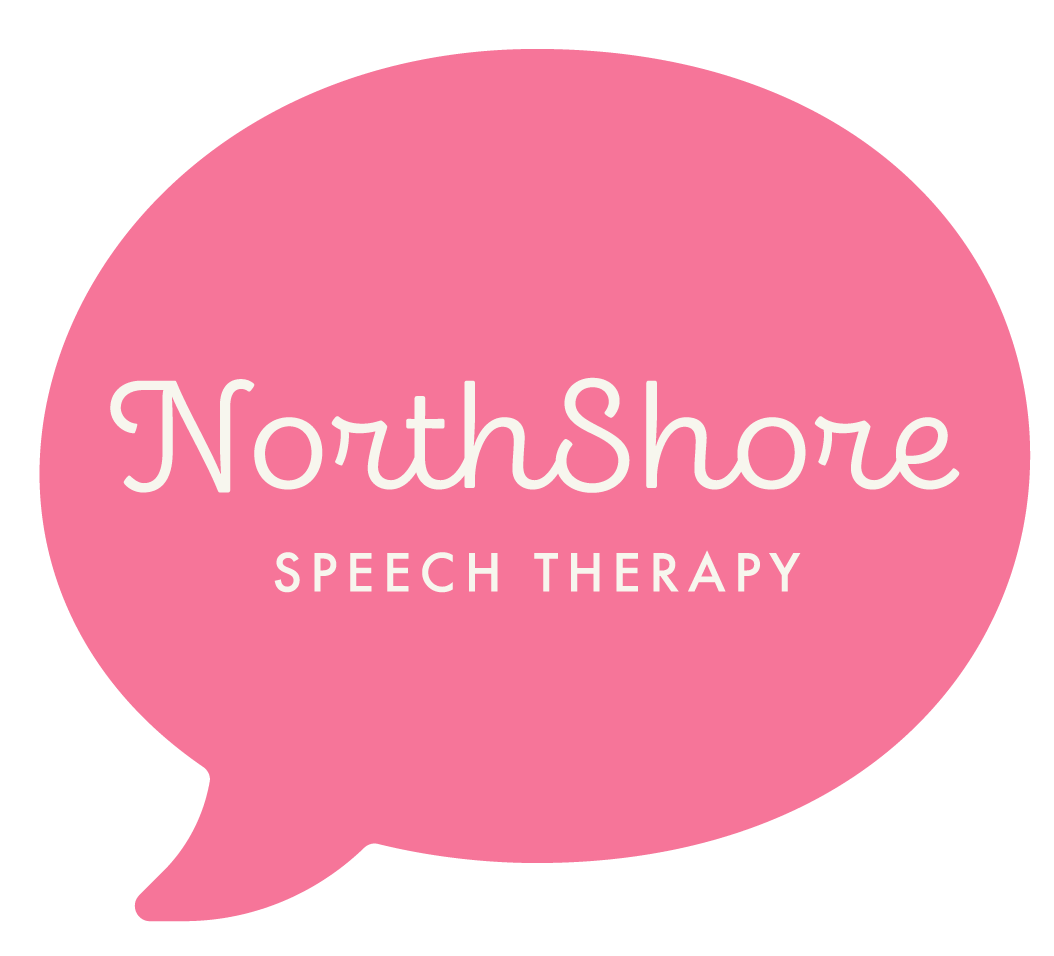Therapy Services
Speech Sound Disorders
Speech sound disorders are characterized by a child’s inability to accurately produce a sound. Each sound is learned by a child at a different stage of development, at times speech sounds may take longer for a child to learn. Most children are able to accurately produce almost every speech sound by 4 years of age. When a child does not say specific speech sounds by an expected age they may have a speech sound disorder, also known as an articulation or phonological disorder. If a child continues to demonstrate speech sound errors past the expected age of development, consult with a speech-language pathologist to see whether speech therapy may be beneficial.
Feeding Disorders
Sensory feeding disorders are characterized by a child’s difficulty with experimentation and toleration of new food. Children with feeding disorders typically have difficulties trying different foods and gaining weight. Through the Sequential-Oral-Sensory (SOS) feeding approach children learn to be stronger eaters through sensory exploration. Through this treatment approach children become more comfortable with introducing new food into their diets through exploring the physical appearance, texture, smell, and taste.
Language Disorders
Language disorders are characterized by a delay in a child’s expressive, receptive, and/or pragmatic/social language profile. Expressive language is defined as both a child’s verbal and nonverbal communication of their wants, needs, and ideas with others. When a child demonstrates difficulty expressing themselves, forming complex sentences, or demonstrates delays in vocabulary usage an expressive language disorder may be evident. Receptive language is defined as both a child’s verbal and nonverbal understanding of language. When a child demonstrates difficulty understanding others, following directions, or comprehending orally presented language/stories a receptive language delay may be in question. In addition, pragmatic language is defined as the ability to use language in social settings appropriately. Typically, a pragmatic language disorder makes it difficult to demonstrate empathy in relationships, understand how to react and interpret nonverbal cues, and predict other’s reactions.
Auditory Processing Disorders
Central auditory processing disorders (CAPD) are characterized by a child’s difficulty integrating information heard and processing it within their brain. This disconnect between the ears and the brain makes it difficult for these children to interpret sounds appropriately, impacting their ability to discriminate between sounds in words, follow multistep directions, and listen when background noise is present. Therefore, speech-language therapy helps to increase these skills which directly correlate to academic success.
Fluency Disorders (Stuttering)
Fluency disorders are characterized by an interruption in the flow of a child’s speech. Instances of disfluency can be identified as within word and between word disfluencies. Within word disfluencies include: sound repetitions, syllable repetitions, inaudible prolongations (blocks), and audible sound prolongations. Between word disfluencies include: phrase repetitions, interjections (“uh” or “umm”), and revisions. In addition, disfluencies can be language based and as a result of a language delay. Speech-language therapy works to increase a child’s fluency skills by giving a child the necessary tools and strategies to decrease disfluencies.
Orofacial Myofunctional Disorders
Orofacial Myofunctional Disorders (OMDs) are characterized by irregularities in the form or function of muscles of the face and mouth. These disorders include symptoms such as: improper jaw growth (overbite, underbite), tethered oral tissues (TOTs), tongue thrust, thumb sucking, prolonged pacifier use, mouth breathing, sleep disordered breathing, difficulty feeding/ chewing, food aversions, etc. These symptoms or oral habits can lead to issues with speech production, swallowing, and posture of the tongue. Lauren is a trained Speech-Language Pathologist in the Simon Says: Tongue Tips & Thumbs Up Programs. This therapy approach works to restructure and reprogram the oral musculature to correct disordered oral habits.







